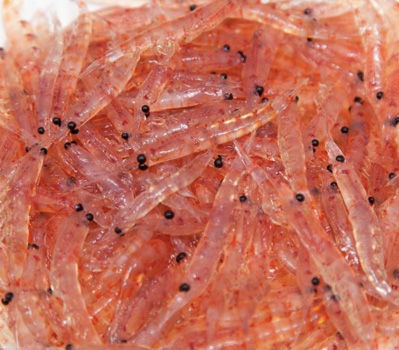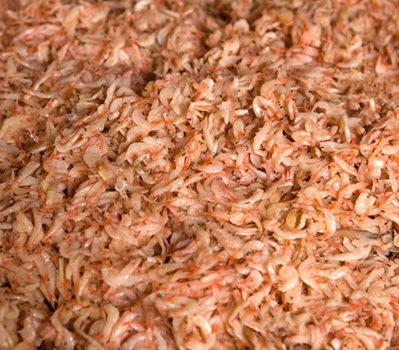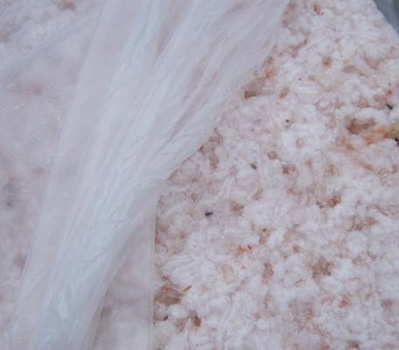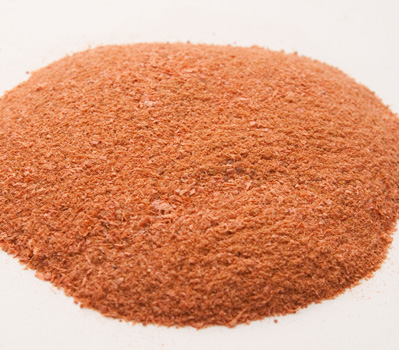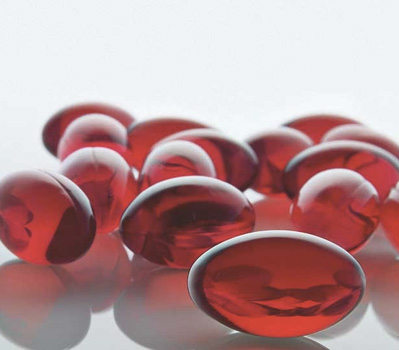
Antarctic krill is a species of krill found in the Antarctic waters of the Southern Ocean, they have the largest biomass in the world, which is 0.65-1 Billion (the biomass for human is 0.25 billion).
Antarctic Ocean was divided into three zones: 48, 58, 88 zones. Most of the krill were caught in the 48 zone. The average length is 3-6cm, and the weigh is about 1g. Krill is in the bottom of the food chain feeding on the zooplankton and phytoplankton. It is famous for high content of phospholipid-Omega3.
Vessels under the management of CCAMLR will be allowed to catch krill within annual quota in the several regions.
